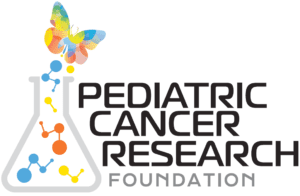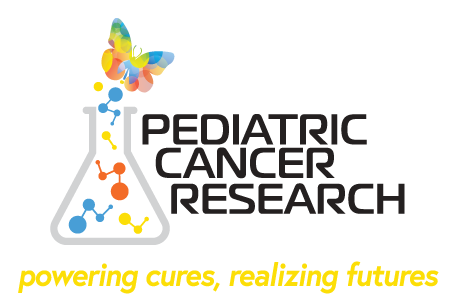By Bill Thomas | December 14, 2023
Like many parents whose children were diagnosed with cancer, Pritish Patel can vividly remember when his son exhibited symptoms.
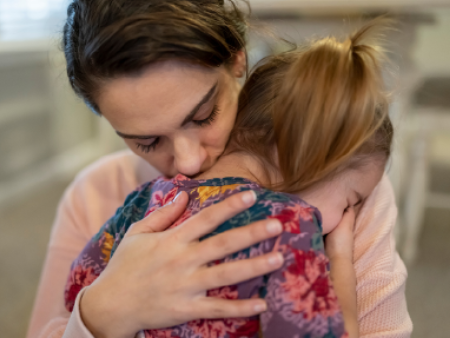
In the article ‘My Beautiful Boy’ published in issue 31, vol. 39 of the Journal of Clinical Oncology, Patel recalls that it started small: just a headache on a sunny September day. But then, the pain persisted. Soon, it was accompanied by nausea and somnolence.
One month later, an MRI scan identified the culprit: a brain tumor.
It’s never easy being told your child needs an oncologist, but for Patel the experience was doubly surreal…because Patel himself worked as an oncologist. As the Associate Professor of Clinical Medicine at the University of Illinois Chicago, he had treated countless cancer patients, thinking he understood what they were going through. He didn’t, though, not really. Not until the patient was his own son.
“To my patients, I am sorry I have ever asked you to go through anything like this,” Patel wrote. “I am sorry I didn’t realize how hard it was to go through chemotherapy and radiation. I am sorry I didn’t understand how bad it really was when you had pain or nausea or any of the 500 other things that went wrong with your bodies.”
It’s a heartbreaking sentiment, one that will feel all too familiar for families of pediatric cancer patients all across the country. So familiar, in fact, that more and more people are asking questions: Does cancer treatment have to be so arduous? Why aren’t there more options enabling patients to get the care they need without sacrificing their quality of life? Most importantly, what can we do to change all this?
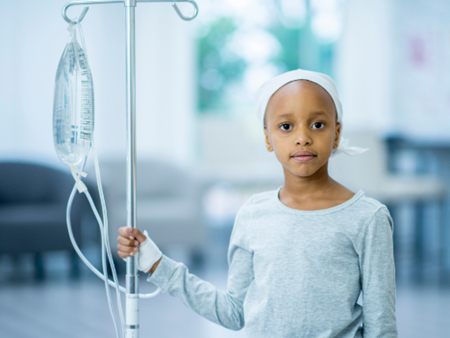
Origins of a Trend: The Emotional Toll of Cancer Treatment
It’s impossible to read ‘My Beautiful Boy’ and not be affected by it. One person who found Patel’s account particularly moving is Erin Behen, Program Manager for the Hope for Henry Foundation, a national nonprofit dedicated to improving patient outcomes through quality-of-life care and one of the many organizations the Pediatric Cancer Radiation Foundation is able to support thanks to our generous donors.
“I’m a mom. I have three kids,” Behen said. “It’s an internal struggle to wonder if I was put in that position and I was watching my kid having a really hard time, would I be able to give them the option of saying ‘no more?’”
Behen may not know what that feels like personally, but she’s witnessed firsthand the emotional toll such experiences take on others. Before joining Hope for Henry, Behen worked as a Certified Child Life Specialist in the Hematology and Oncology Department of Seattle Children’s. Lately, she and other child life specialists have seen more and more parents driving the conversation towards quality-of-life-focused treatments.
“As more families share how arduous their journeys are, it has supported the growing development of doctors and medical practitioners who are saying ‘okay, we need to be looking not only at how we save lives but also how we take care of our patients along the way,’” she said. “Watching what these kids go through with chemo and radiation is hard. The physical and emotional effects are so profound. It takes more than medicine to support them through their treatment.”
A recent New York Times article underlines just how severe the side effects of chemotherapy and radiation treatment can be, especially to the developing bodies of young children. In addition to common short-term issues such as chronic nausea, loss of appetite and hair loss, pediatric cancer patients risk a number of long-term issues, ranging from diminished muscle mass to hormone disruption and even infertility.
One of the biggest challenges for those seeking to improve patient quality of life is acknowledging the delicate balancing act doctors have to walk between efficacy and toxicity. Dr. Ralph Ermoian, a Radiation Oncologist at Seattle Children’s, notes that, while radiation and chemotherapy do carry significant potential risks, they are still among the most reliably effective forms of cancer treatment we currently have.
“First and foremost, curing the patient is our goal,” he said. “I think most people would agree that, with many tumors, radiation therapy is essential for that, but it does have a number of long-term risks. Many of our clinical trials now are about seeing if it’s possible to get the same results using less radiation.”
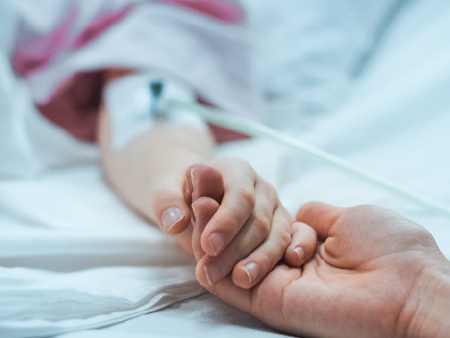
How New Research is Helping Us Achieve Our Goals
Until recently, the limited range of options for treating pediatric cancer patients meant that quality of life was often a distant second priority. As treatment options have diversified, though, that has changed. Today, just as families are speaking out for more ways of preserving their children’s quality of life, pediatric cancer researchers are increasingly using clinical trials to explore less toxic forms of treatment.
One such form of treatment is proton radiation therapy, an alternative to traditional photon radiation therapy. The difference? Proton radiation can be targeted more precisely at tumor sites, reducing the likelihood of damaging healthy tissue.
“Imagine you’re shining a flashlight at a tree in the distance. You light up the tree, but you also light up the fog between you and the tree, and you light up the fog beyond the tree. The way you make the tree stand out compared to the fog around it is to have your friends also grab flashlights and surround the tree, all with their flashlights crossing on the tree. That’s how photon radiation, or X-ray radiation, works.” Dr. Ermoian explained.
“With proton radiation, you light up the fog between you and the tree, but beyond the tree, the light stops. A colleague of mine refers to it as ‘radiation with brakes,’ like brakes on a car.”
Here at the Pediatric Cancer Research Foundation, improving quality of life is always a desired outcome. In a previous Profectus blog post, we spotlighted the work of Dr. Elliot Stieglitz, who is exploring the use of DNA methylation testing to determine how likely individual patients are to respond to HSCT (allogeneic hematopoietic stem cell transplantation) therapy. This could help doctors avoid unnecessarily subjecting children to an intensive procedure with numerous potential short-term and long-term side effects.
This goal of better tailoring treatment to an individual patient’s needs is mirrored in the work of Dr. Brian Crompton, whose work the Pediatric Cancer Research Foundation has supported since 2013. Dr. Crompton is focused on finding new treatment approaches for patients with Ewing Sarcoma, a devastating form of pediatric bone cancer whose arduous treatment regimen has remained largely unchanged for the past 15 years. Dr. Crompton’s research seeks to help doctors identify patients who are responding poorly to treatment early on, allowing for patient-specific treatment modifications that could improve outcomes for individuals with refractory disease.
Yet another Pediatric Cancer Research Foundation-funded researcher working to improve patient quality of life is Dr. Mitchell Cairo. Dr. Cairo’s research concerns the use of targeted immunotherapy—a method of amplifying the body’s own immune system to better attack cancer cells—to treat a variety of cancers, including Pediatric ALL, AML, NHL HL, Neuroblastoma, Ewing Sarcoma, Osteogenic Sarcoma, and Gliomas.
“In the last 30 years, there has been a major shift toward increasing the cure rate while also promoting both short-term and long-term quality of life,” Dr. Cairo said. “Patients who receive targeted immunotherapy often experience a better quality of life due to the therapy being precisely directed at the tumor and not at normal tissue or organs.”
Dr. Cairo’s description of immunotherapy notably echoes Dr. Ermoian’s explanation of proton radiation therapy, suggesting that the key to improving quality of life may be in increasing the precision with which patients are treated. With so much new data broadening the horizon of pediatric cancer treatment, Erin Behen and other child life specialists are optimistic about the future.
“These new treatment options offer so much hope and promise for kids beyond traditional chemo and radiation,” Behen said. “This is critical not just to improve survival rates, but to dramatically reduce short- and long-term trauma associated with their care.”
